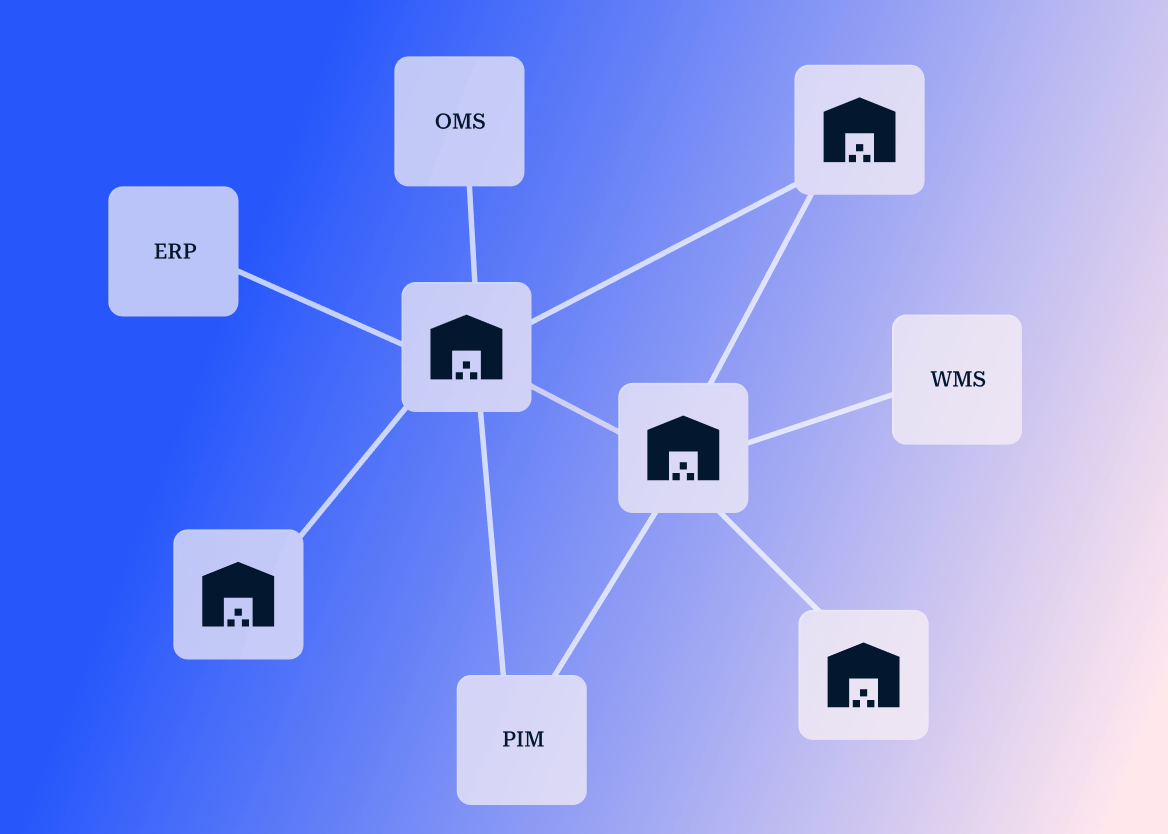From retail giant to B2B player: Exploring the strategy behind Amazon Business

When most people think of Amazon, they picture the go-to marketplace for everyday consumers. However, over the last decade, Amazon has quietly revolutionized the B2B space.
From independent retailers to Fortune 100 companies, Amazon Business has become a trusted procurement platform for organizations of every size.
With features such as guided buying, invoicing and bulk purchasing, Amazon has tailored its offering to meet the nuanced demands of B2B operations.
In this episode of Place to be, Stephanie Lang, general manager of Amazon Business, shares how the company is transforming procurement, and what sets it apart from traditional platforms.
As one of Amazon’s fastest-growing segments, Amazon Business is helping B2B leaders streamline purchasing, boost efficiency and drive strategic outcomes.
Tune in for an inside look at Amazon’s evolving role in the B2B space and the innovations driving its continued growth.
Amazon Business at a glance
When Amazon Business launched in 2015, they did so having already spotted a pattern among their buyers.
Businesses were coming to Amazon to make high-volume purchases, shipping orders to commercial addresses, and seeking product categories far beyond what typical consumers ordered. Seeing this, Amazon created a platform tailored to the specific needs of B2B customers.
Fast forward to 2023, and Amazon Business boasts:
$35 billion in annual sales.
6 million business customers, ranging from small startups to Fortune 100 companies.
Presence across nine countries.
What began as a solution for “tail spend” — low-cost, uncontracted purchases — quickly evolved into a tool for managing both strategic and bulk procurement needs. From local offices to hospitals and educational institutions, Amazon Business aims to serve an impressively broad spectrum of industries.
The unique value proposition of Amazon Business
Unlike Amazon’s consumer-focused platform, Amazon Business offers value propositions designed specifically for the complexities of B2B purchasing:
1. Tailored for procurement departments
Amazon Business integrates seamlessly with eProcurement systems, allowing companies to customize workflows, approvals and buying policies. Procurement officers can ensure employees buy within budget, comply with ESG (environmental, social and governance) goals and prioritize local vendors.
2. B2B-specific features
Specialized features such as B2B-specific pricing, volume discounts and live quotation tools help streamline supplier negotiations and bulk purchases. With Amazon Business, buyers can request quotes directly from multiple sellers on the platform, expediting what is typically a time-intensive process.
3. A marketplace for innovation
Amazon Business supports both first-party and third-party sellers, enabling small local suppliers and global corporations alike to tap into this expansive marketplace. Sellers benefit from tools like quantity discounts and fulfillment services tailored specifically to B2B needs, such as pallet deliveries and analytics to track performance.
4. Responsible purchasing
With sustainability and ethical sourcing top of mind for many organizations, Amazon Business makes it easier to prioritize responsible purchasing. Procurement officers can flag environmentally friendly products or support minority-owned businesses through the platform’s guided buying features.
5. Bulk and strategic buying
Many businesses first used Amazon for occasional purchases or low-priority supplies, but the platform has now grown to include strategic spending categories, such as IT equipment and office supplies, and even offers the ability to negotiate custom contracts and pricing for specific items with individual customers.
Activating the mid- to long-tail
While Amazon Business is well known as a go-to platform for buyers, it also highlights an important marketplace truth: sellers come in all sizes, and supporting that diversity is key.
Stephanie Lang points out, “Yes, we do have very large sellers that have very at-scale capabilities, but also more local sellers that are very happy to leverage Amazon Business to access millions of B2B customers that might be harder for them to reach otherwise.”
This reflects a common challenge for marketplaces today — activating the mid- and long-tail sellers who bring unique value but often face significant hurdles reaching new customers at scale. Whether it’s local suppliers or niche specialists, smaller sellers need simple, effective tools to connect, grow and compete alongside larger enterprises.
The marketplaces that make it easier for sellers to connect with buyers and grow their business are better positioned for long-term success in the evolving B2B landscape.
What’s next for Amazon Business?
As Amazon Business continues to grow, they are zeroing in on key priorities to make the platform even more valuable for its customers.
Efforts are underway to support responsible purchasing, improve services and drive supply chain innovation. By rolling out tools that make sustainable buying easier, Amazon Business aims to help organizations meet ESG goals and boost local economies.
The platform is also becoming more efficient, thanks to expanded e-procurement system integrations and more streamlined bulk purchasing options. In addition, Amazon Business is partnering with organizations to elevate procurement as a strategic part of the supply chain.
Tune in now to the fourth episode of Place to be to discover how Amazon is reshaping the B2B industry with innovation, efficiency and customer-first solutions.
Related content

How manufacturers can turn fragmented distribution channels into digital growth engines — without channel conflict

How to scale your dropship supplier network without compromising supply chain reliability
